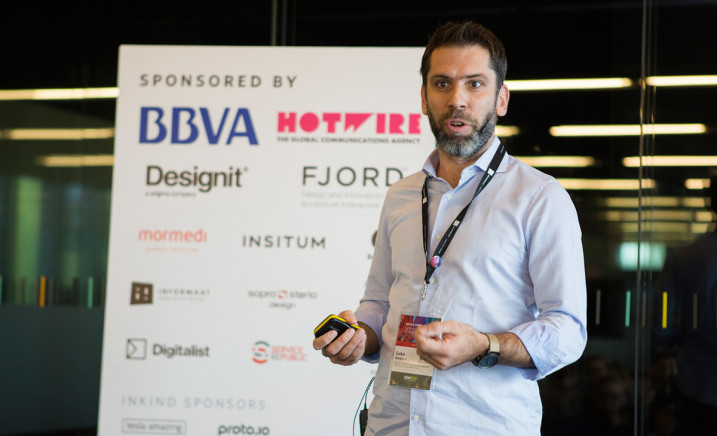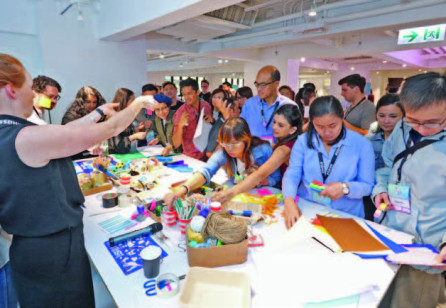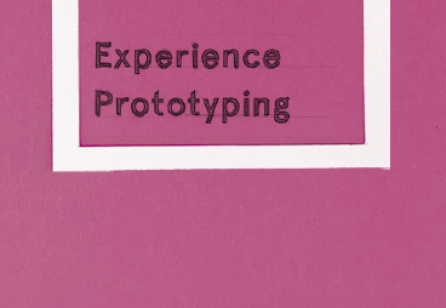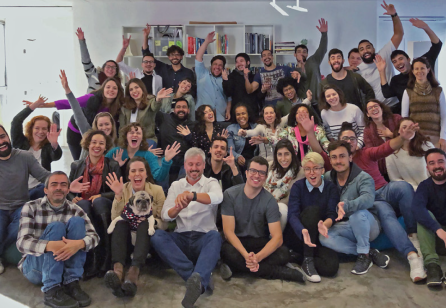Why do you think there has not been a shared definition of service design? Do you think it is important to have one, especially for an in-house discipline?
"Service design is currently widely used and interpreted in many ways. With time, certain segments of interaction design established themselves on the business landscape. But in reality service design has 3 main directions of evolution: (i) service design related to setting up new service within current business scope or transformation (e.g. DIGITAL would be included in here), (ii) innovation where we are exploring new boundaries and changing the business landscape by stepping into the unknown and (iii) launching improvements in existing business. This is a large area to cover and requires different skill set in each of them, but underlying focus should remain the same with focus on customers.
What language (keywords or phrases) do you like to use to explain service design to an audience who is not familiar with it?
"The two that are most useful in that context are: Emotions & Behavior. Having a story how certain event triggers emotions that impact customer’s behavior (and company’s cost) is always a door opener. But my goal is to go further than that. The idea is to go deeper along design path and start discussing service contexts, meanings, relationships. affordances, signifiers and other dimensions of design. Eventually to come to the level of design (and discussion) similar as in other branches (e.g. industrial design, architecture, etc.). I strongly believe we are still very shallow in our discussion, and that we need to push deeper."
Service design is often interchanged with systems design, user experience or design thinking, do you think it is an issue?
"I understand there is a lot of discussion around definitions and boundaries of service design. But when you are part of the internal service design team working within the company, you are working on all levels.We have to raise above those discussions and start addressing real customer and business challenges.
The method that you will use to solve the challenge is up to you and your creativity or skills (sometimes a UX change is sufficient, but sometimes full scale system design change is needed). I believe it is the time that we stop limiting ourselves with tools that we use, and profile ourselves towards being problem solvers."
Are there any overused or misused terms that may be robbing service design of credibility?
"Lots of them to be honest. However, the lack of understanding for the depth a designer was required to go to solve the challenge, is the most critical. Design is not tangible, neither can be measured in physical measurements. However, a part of the design process must be the business impact, and the measurement of impact must be clear from the beginning. Many of practitioner jump to design process without thinking on business impact – and that is when you get robbed.
How might you see the language of service design being changed or evolving for people in business, especially since they traditionally don’t have a design background?
"I believe that we will meet half way, to be honest. Business people will (never) be designers, no matter how much we want them to be. We must make service design approachable to them. One thing that is good to start with is that business people have a tendency to take and use what’s familiar (or useful) to them.
So to begin, we must start naming the service elements and the content we design. The same way architects, designers, musicians etc. are naming their creations. This will definitely put service within their discussion. If the business impact is kept in sight, the interest will be there, and qualities of design will start emerge soon, healthy design discussion will ignite. If we remain sitting in our corner, expecting business world to understand, trust me – nothing will happen.
Do you have any last thoughts you would like to share with our readers on new language of service design?
"Service design world must evolve. Currently if you create an overview of all service design discussions, soon you will realize that they are revolving around tools (e.g. how to create customer journey map, how to run service blueprint workshop effectively, etc.).
This is useful for entry level of service designers and business people trying to penetrate the service design world. But we must have language to describe what we actually design and how it performs in real life. This is “the language” that we as a service design community miss and definitely need to focus on in the future."









Share your thoughts
0 RepliesPlease login to comment